ALP review: Labor’s election epiphany
Finding reasons for their poll loss was easy. Reclaiming power is a very different story.
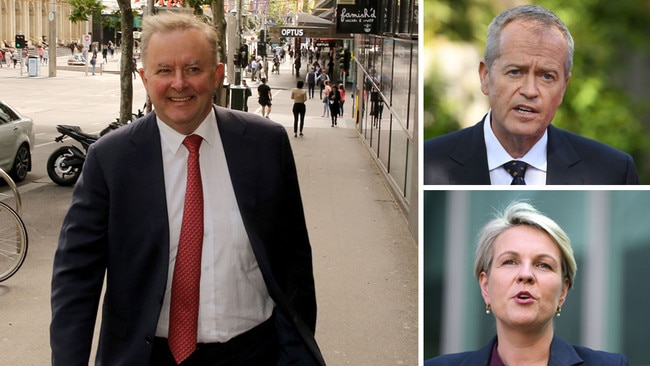
Buried within the orgy of self-indulgence that is Labor’s election review lies the fundamental problem at the heart of the party’s crisis.
It has little to do with the campaign that failed so stunningly on May 18 yet it explains the problem that underpins it.
Labor hardly needs a review to work out how it lost the election this year. It needs a review that explains why.
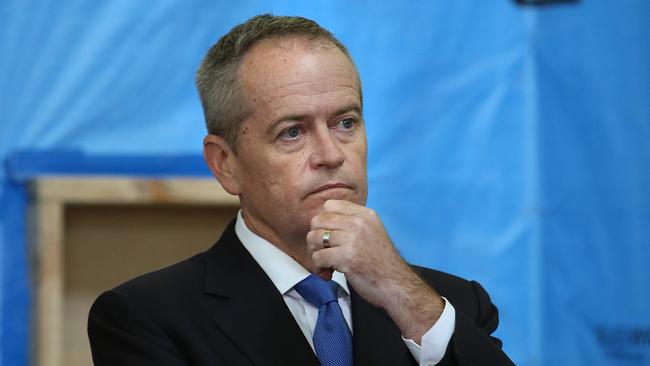
The party went to the polls with an unpopular leader, a truckload of taxes and a campaign machine that, despite all this, believed so much in its own genius that there was no prospect of losing. It fell for its own hype, driven by a misguided sense of its purpose and a misinterpretation that Australians felt it was “time for change”.
READ MORE: ALP review: Labor weak, risky, unpopular | ‘Dud combination’ sank voter appeal | Keating warns Labor over worker security | Economic credentials scared voters | Muddle scared blue-collar voters | Costly mistakes on religion and Chinese | Stumbles on costs let Coalition in | Election message ‘drowned out’ | Party had no plan to attack new PM | 26 ways to fix broken Labor
None of this is revelatory but the mechanics of the campaign occupies most of the 92-page review by former trade minister Craig Emerson and former South Australian premier Jay Weatherill.

Just 705 words were devoted to the longer-term structural fracturing of Labor’s base, which not only threatens the party’s ability to win polls but also questions its identity.
The section on Labor’s culture identifies the existential dilemma for left-of-centre parties more generally. This is the why.
Labor is now a movement whose membership is split between two violently divergent constituencies.
This was vividly evident in the “coal v climate change” battle that lost Labor votes in Queensland but won it support in pockets of Victoria — but not in the outer suburbs. And while climate change may have been totemic, the polarisation extends into the bedrooms, lounge rooms and classrooms of ordinary Australians, including those who vote Labor. Or at least once did.
It is a dilemma the report concedes will not be one easily addressed for Labor. Absent from the report was how to address it.
“Labor has broadened its political constituency to reflect the growing diversity of society,” the report says on page 38.
“The Labor Party has become the natural home for these diverse interests and concerns including gender equality, the LGBTQI+ community, racial equality and environmentalism.”
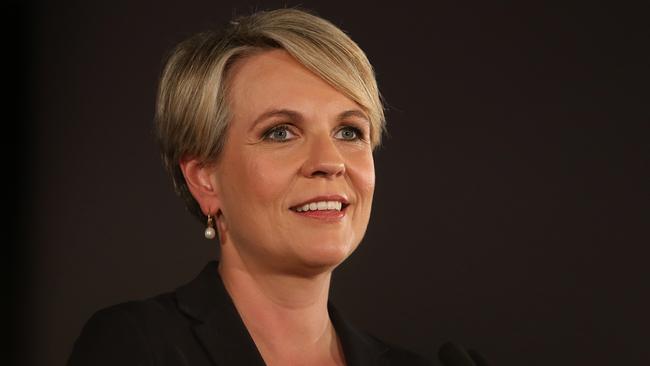
Some of the report’s findings were extraordinary. Labor’s once formidable campaign machine collapsed under the weight of its own hubris. It failed to reconcile its own internal tracking showing a serious problem with its primary vote and that of the published polls suggesting a confident victory. None of this was communicated to Bill Shorten’s team, which was convinced up until polling day that it was headed for a sizeable victory.
Clive Palmer’s $50m intervention took Labor by surprise. For the first time its union dollars were matched.
The ALP assumed a repeat of 2016 and didn’t account for a Liberal Party machine headed by Andrew Hirst that smashed Labor’s messaging out of the park with reactive digital campaigning and the simple and effective demonising of Shorten and his tax policies.
None of this can be an excuse for Labor. It must assume it will face an equally well-financed and formidable Liberal campaign machine in 2022.
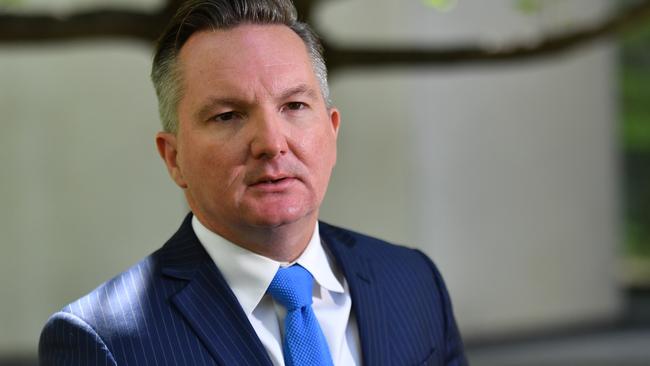
The point is whether Labor is prepared to learn from and embrace the lessons of the past and address the real problem.
The fanfare around the public release of an election review, many of which in the past have simply been shoved out the back door, demonstrates how blinded Labor remains to the electoral realities that the report purports to address.
One of the sharpest political documents written after an election defeat was the Brompton report commissioned by Michael O’Connor, now CFMEU national secretary, following Labor’s 2004 loss under Mark Latham.
“There was a time when our unambiguous defence of workers’ jobs and their livelihoods was seen as progressive, admired and respected,” that report said.
“What has changed over this period is the people running the Labor Party machine — the apparatchiks, advisers and politicians — are no longer attuned to the basic aspirations of honest working men and women but sing to a completely misguided (and electorally wrong) tune that seeks to appease the unappeasable.
“They place their faith … in the shallow and cheap propaganda of a wealthy, inner-city elite which has a barely concealed contempt for a bunch of workers from the bush or outer suburbs.”
It added: “Until such time as the Labor Party machine realises that they have a fundamental disconnection with large sections of mainstream Australia, they will continue to face electoral isolation. If they do not address this problem, Labor could face a period of opposition equivalent to the lost years of the 1950s and 60s.”
This should have been Labor’s Ten Commandments.
This year’s review is honest about the ALP’s fundamental problems, even if the assessment is perfunctory. In its summary, the report identifies the release of 250 policies and $100bn in spending as a disastrous error that scared voters and confused the message.
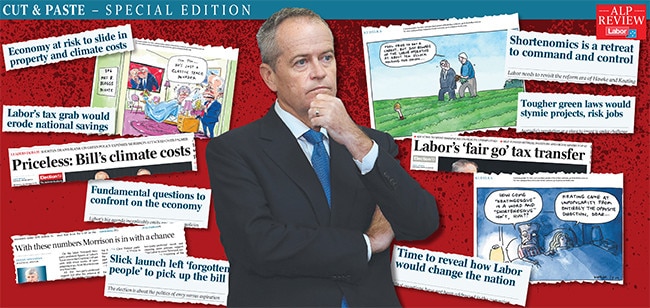
In the few paragraphs devoted to the core challenge, the report warns of Labor’s indulgence of identity politics. “The mobilisation of the Labor Party to address the political grievances of this vast and disparate constituency has accelerated at the same time as many people who would have been regarded as traditional Labor voters have looked to Labor for answers to their problems,” it says. “Working people experiencing the dislocation caused by new technologies and globalisation could lose faith in Labor if they do not believe Labor is responding to their issues but is focusing on issues not of concern to them or, in some cases, are actively against their interests.
“Care needs to be taken to avoid Labor becoming a grievance-focused organisation. This approach leads to a culture of moving from one issue to the next, leading to the formulation of myriad policies that respond to a broad range of grievances.
“This dilemma is not limited to the Australian Labor Party but is faced in similar form by left-of-centre parties around the world … it cannot be resolved simply by choosing one constituency over another. Labor cannot abandon its commitment to social justice but it must reconnect with low-income voters in the outer suburbs and regions.”
The challenge can be met only if the party admits the problem exists in the first place, the report finds.
Simon Benson is the author of the 2010 bestseller Betrayal: The Underbelly of Australian Labor
-
CUT AND PASTE SPECIAL EDITION
Take a closer look at some of Bill Shorten’s more controversial policy pitches during the 2019 Federal Election campaign, and how The Australian responded to them in editorials.
You can then compare them to what the Labor Review found yesterday.
Labor’s big-spending agenda
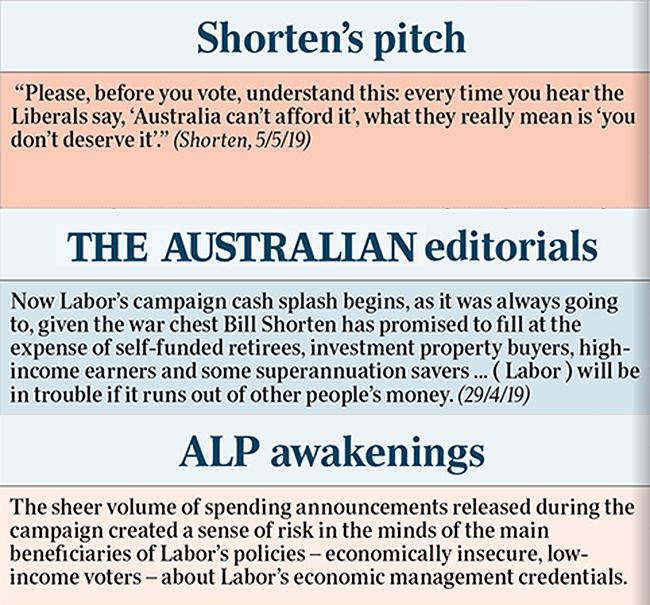
-
Coalmining and Adani
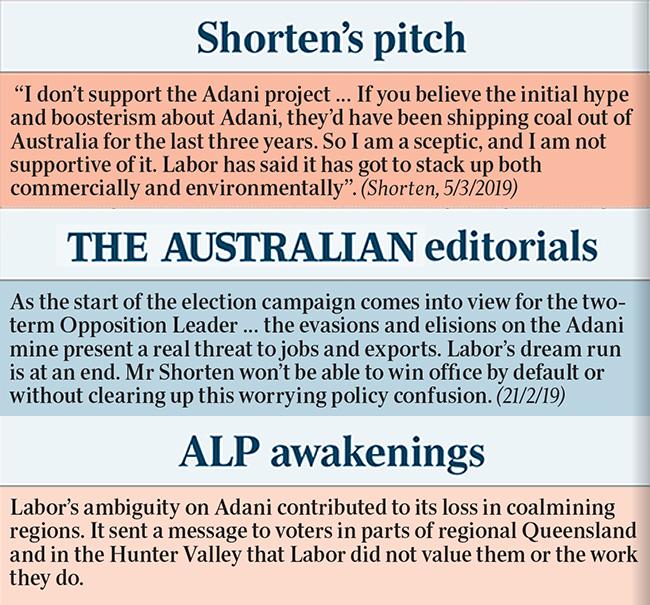
-
Wealth redistribution
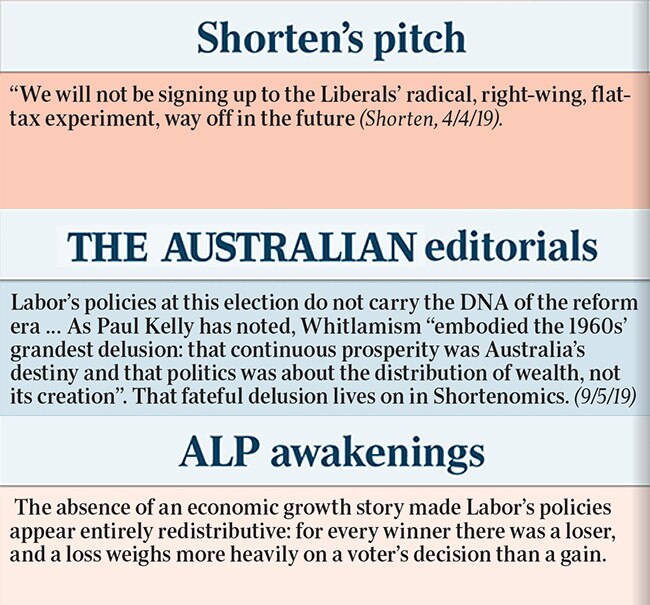
-
Big end of town
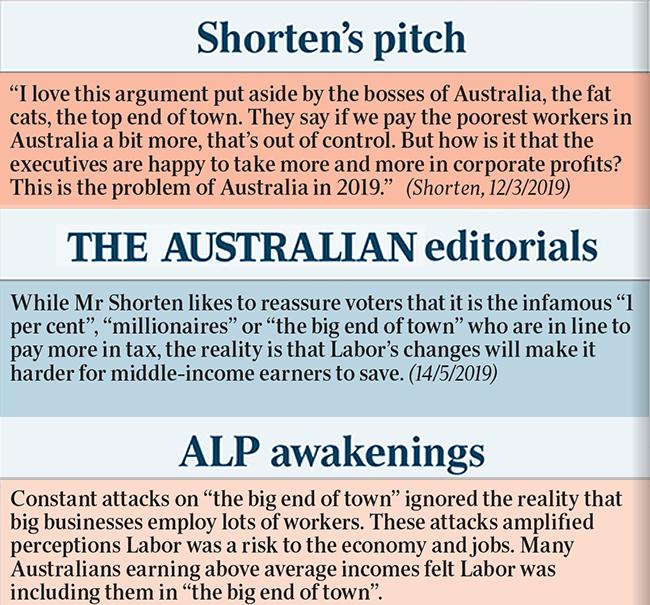
-
Class warfare
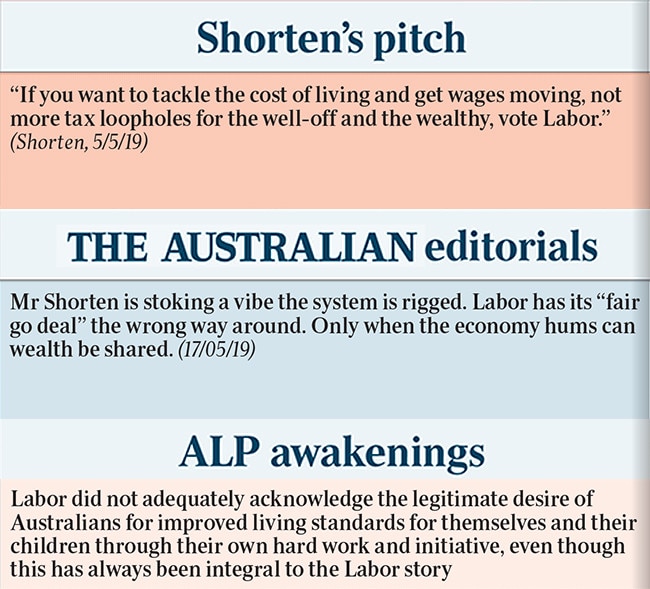
-
Negative gearing and franking credits
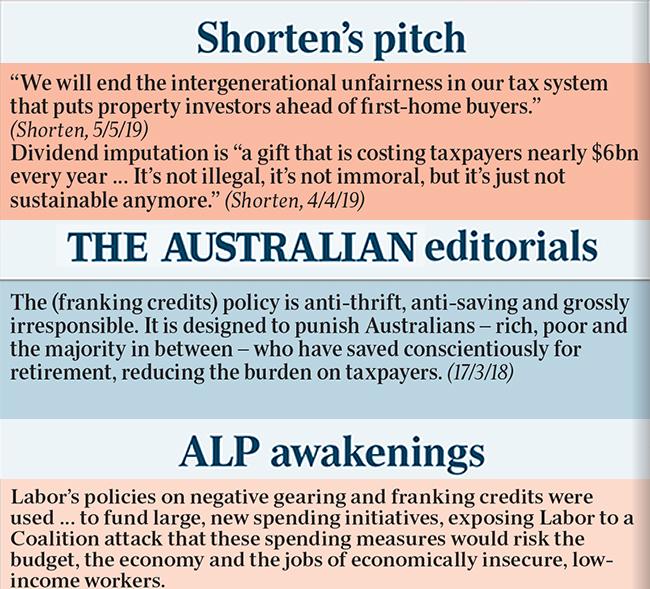
-
Climate change policy

-
Grievance
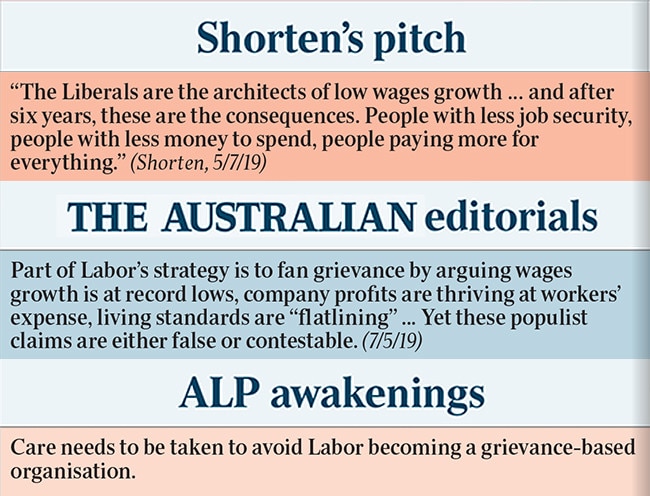


To join the conversation, please log in. Don't have an account? Register
Join the conversation, you are commenting as Logout